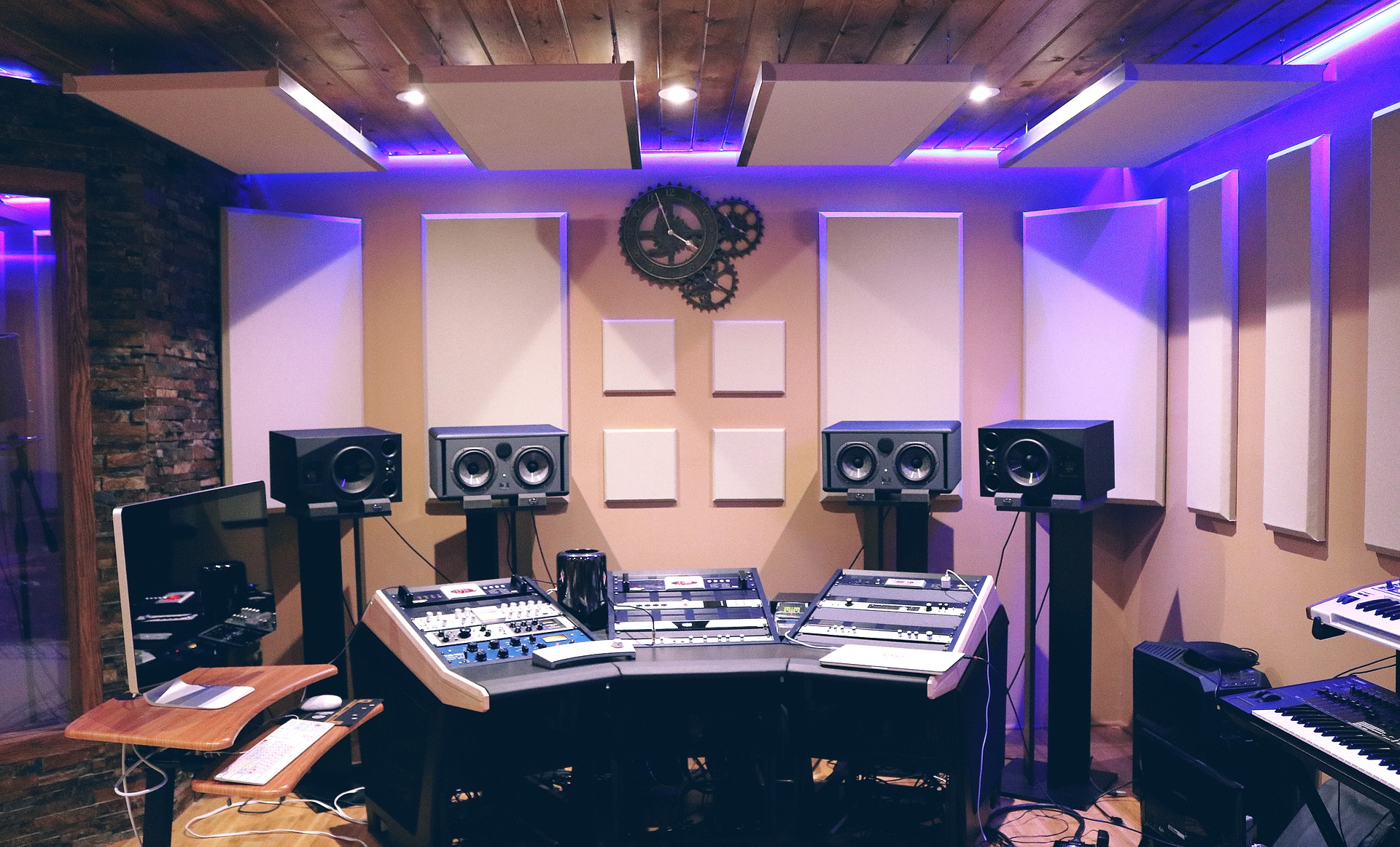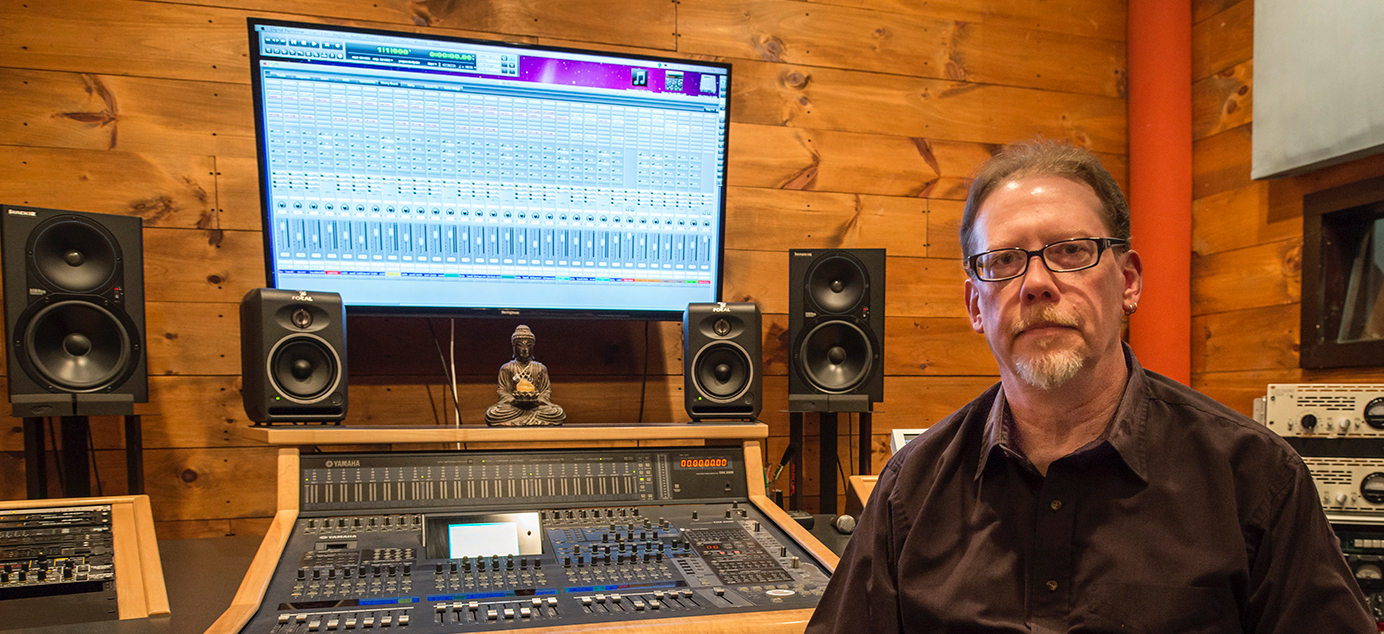15 Steps to Soundproofing A Room
by Annika Wells
 Whether it’s the squealing garbage trucks, blaring car stereos, or the general buzz of foot traffic outside your window, the noise of the city can be draining. and for getting rid of that, you want to have a soundproof room for yourself where you can relax and breathe freely
Whether it’s the squealing garbage trucks, blaring car stereos, or the general buzz of foot traffic outside your window, the noise of the city can be draining. and for getting rid of that, you want to have a soundproof room for yourself where you can relax and breathe freely
Fortunately, it doesn't matter where you live or what kind of space you have; soundproofing is optional. According to the international building code 2018, you can construct anything on your property, or you can reconstruct the old ones under some rules and regulations
Whether you are making your mini-studio, working as a musician, or just blocking out the noise from outside, making the soundproof room might take some time.
A mixture of the following methods below can benefit from better recording conditions and a quieter room for the best results.
Make your plan
Whether you want to construct a new room or recreate the old one, you will need a construction plan.
Using thick materials instead of thin ones while constructing the room walls will make it easier. Try using layers of acoustic fibers as fillers between layers for more sound absorption.
Check out for cracks and crevices
Cracks in the walls can cause failure to all your other soundproofing tricks. You can use Special acoustical caulk to help fill up the finest looking crevices, windows, and door seams, hence making your room 100% soundproof. so never outlook this step while constructing or renovating a room.
Set Aims
Set sensible aims for what you need to realize and how long you're ready to spend rehearsing. Aim setting helps keep you centered, and we should you all more effectively track your enhancements. In defining your objectives, consider why you need to learn music in any case: Is it a pleasant pastime for you to do at home without help from anyone else? Would you like to stick with your performer companions? At that point, consider the guide to get yourself there.
Get a large bookshelf
Putting up a bookshelf can be a simple yet smart solution to block sound from dripping, especially when it is a common wall. Use acoustic wood paneling to put up the bookshelf and arrange heavy and thick books for a fairly strong sound barrier. An artistically arranged bookshelf also adds up to the décor of a room.
Fix shaky items in the room
Playing loud blaring music can cause a vibration across an area and make some objects shake and reflect multiple sound waves. Get these fixed with the assistance of vibration insulating pads that absorb the buzzing sound, giving your room the much-needed calmness.

Use sound-reducing paint
Yes, you read it right! Sound reducing paint is one of the best innovations of all time. It works best once you try to find a modest range of soundproofing and are keeping a coffee budget.
Use Waterproof Front Door
If you hear every sound in the building hallway inside your room, chances are there are big air gaps around the front door. Covering these leaks will give you a relaxing environment. Sound travels through air, and any gap you can see the light through will also let sound through.
Use Soundproof Curtains or Blankets
You can build another layer of soundproofing over the front entrance with heavy blackout curtains. When closed, they assist in soaking up any noise that leaks through the door.
Reduce Noise Reflection
Noise reflects off solid surfaces, like walls, floors, and ceilings, and increases the room's overall noise level. To reduce sound reflection, fill our room with something mats, music instruments book selves, so sounds like voices, or even the disturbance created by a running vacuum cleaner won't reflect.
Get a Thick Rug Pad
You probably know that nothing stifles annoying sounds in a high-traffic area like a carpet does.
So if you have hard floors, throw down a thick rug to avoid those sounds. But here's a little useful tip: Moving a density rug pad underneath it will boost your rug's noise squashing potential.
Consider Acoustic Panels
Acoustic panels are available in boards and fabrics that you can hang on walls. While most types are designed to prevent noise from bouncing off hard surfaces, others are very effective at blocking a racket from entering through a door or window.
Add Window Inserts
If you are looking to a dam outside noise but not your apartment's view, consider window inserts. They're clear panes of glass or acrylic that you install over your existing windows. They're designed to make an airtight seal that reduces outside noise by 50 percent or more.
Make a Soundproof Construction
This step is a bit more extreme.
It requires a lot of effort and a bit more investment.
However, after fulfilling it, you will have no worries about the sound and the dissatisfaction that it may cause.
Let's see the basic steps for this one.
- Separate layers of wall
- Think about your stud placement
- Use sound clips or residual channel
- Put damping compound inside your walls
- Fiberglass as a cheap solution
iClassical's Audio Home Recording for Musicians
Learn everything on how to audio record yourself

Online Course with Anthony Schultz
Learn everything on how to audio record yourself from home with basic quality equipment and software programs that help you easily record professional audio quality files.
Content:
8 instructional videos
1. Introduction to the Basic Tools of Recording
2. Microphones - Types & Placement
3. Configuring Your Audio Interface
4.Overview of features in Audacity
5. Acoustics Fundamentals & Your Recording Environment
6. Capturing the Sound - Digital Recording into Computer
7. Editing Audio
8. Basics of Mixing
